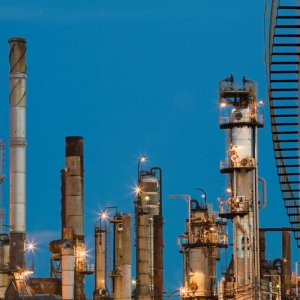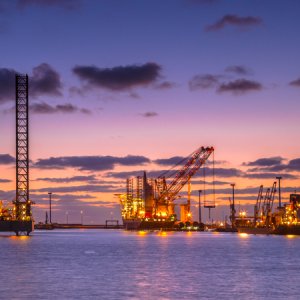
Microbial Enhanced Oil Recovery
Oil recovery poses a difficult question for operators in financial terms: is it worth investing to extract up to the last technically feasible drop of oil? As a well is depleted, the cost of recovering the remaining molecules eventually becomes higher than their market worth. When this happens, wells are usually left abandoned. Biotechnology has played a significant role in enhancing crude oil recovery from depleted reservoirs to solve stagnant petroleum production. Microbial enhanced oil recovery (MEOR) is a biotechnologically EOR process that involves stimulating reservoir microbes or injecting specially selected natural bacteria into the reservoir to produce specific metabolic events that lead to improved oil recovery. DuPont is one of the leading companies in the MEOR field and Pedro Fernández, Vice President of DuPont Americas, explains how his company uses biotechnology to facilitate the tertiary stage of oil recovery. “Stimulating certain types of microbes in sandstone mobilizes residual oil in porous spaces because bacteria induce changes in interfacial tension between oil and water. This is thought to happen because bacterial growth requires both carbon from the oil and nutrients from the formation water, which are sometimes added. Bacteria need to penetrate the oilwater interface to access the carbon. They achieve this by producing a biosurfactant, which reduces the interfacial tension and lowers the energy needed for breakthrough. Thus, MEOR is able to expand the productive life of a well by as much as 11%.”
MEOR consists of a three-pronged attack. First, the microorganisms break down crude oil, reducing its viscosity. The second method involves displacement, as the microorganisms naturally metabolize, they produce carbon dioxide gas and biomass. Both of these displace the oil, pushing it toward the surface. The last is called selective plugging. Rock formations far underground tend to be porous, allowing oil to flow through tiny holes. The selective plugging process involves microorganisms able to produce extracellular polymeric substances. These compounds block the tiny holes, create a barrier that blocks water, increasing pressure and forces the liquid hydrocarbon to flow upwards.
The key to MEOR is designing microorganisms that will best steer the oil upward to exit the geology in which it is enclosed. The procedure is not without obstacles, as microbes able to withstand extremely high temperatures and produce the right sorts of polymers are rarely found in nature. The solution lies in genetic engineering: scientists can successfully combine genes to create microorganisms that are able to work effectively in harsh underground conditions and subsist on inexpensive nutrients. In the case of DuPont, the microbes are tailored to the needs of each field, as the enzymes are designed to take into account factors such as oil and geological composition and temperature. It is worth noting that the consequences of injecting foreign genetically altered organisms into the ground have not fully been studied, raising environmental concerns among some scientists. The DuPont spokesperson says the enzymes created in his company’s MEOR are processed by the oil, which neutralizes possible environmental damages. MEOR remains at a very early stage, despite having been around for a few years. Fernández claims only a handful of companies are using this technology. PEMEX is among these and it has already shown great interest in applying the MEOR procedure for its oldest fields in Poza Rica and San Luis Potosi.
















